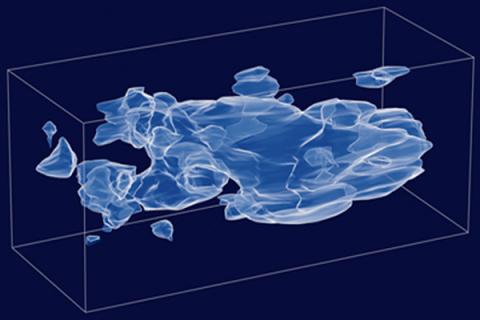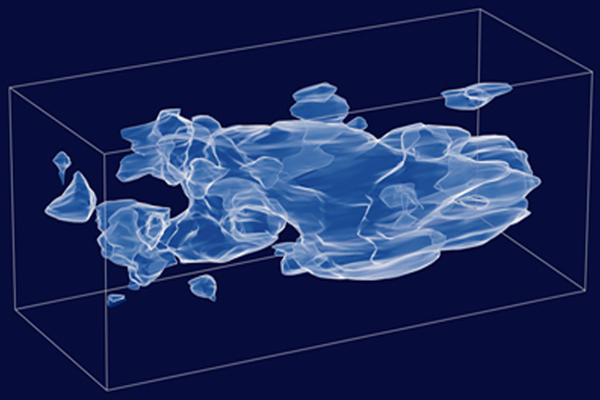A light in the dark

Dark matter and the even more mysterious dark energy are enormous problems for modern theorists. Only about 4 per cent of the stuff in he universe is visible to us. The remainder is called “dark matter” and “dark energy”, mainly because of our ignorance, much as we marked early maps with “terra incognita”. About 22 per cent of the universe is thought to be composed of dark matter, while the remaining 74 per cent is thought to consist of dark energy.
For astronomers, therefore, the challenge of mapping the universe has been similar to mapping a city from night-time aerial snapshots showing only street lights. These pick out a few interesting neighbourhoods, but most of the structure of the city remains obscured. Similarly, we see planets, stars and galaxies in the night sky, but these are constructed from ordinary matter. The remainder is the mysterious dark matter that neither emits nor reflects light.

This new map is equivalent to seeing a city, its suburbs and surrounding country roads in daylight for the first time. Major arteries and intersections are revealed and the variety of different neighbourhoods becomes evident.
The map provides the best evidence yet that normal matter, largely in the form of galaxies, accumulates among the densest concentrations of dark matter. The map reveals a loose network of filaments, intersecting in massive structures where clusters of galaxies are located. The map, which stretches halfway back in time to the beginning of the universe, also reveals how dark matter has recently grown increasingly clumpy as it continues to collapse under gravity.
The picture is not unlike a CAT scan, assembled from thousands of “slices” or images taken by the Hubble space telescope and other telescopes looking progressively deeper and deeper back towards the Big Bang. They “see” the dark matter by the way that it warps and distorts the view of distant galaxies like a carnival mirror.
The Earth and the present is to the left, while the early universe is at the right. Note how the clumping of the dark matter becomes more pronounced, moving right to left from the early universe to the more recent epoch.
